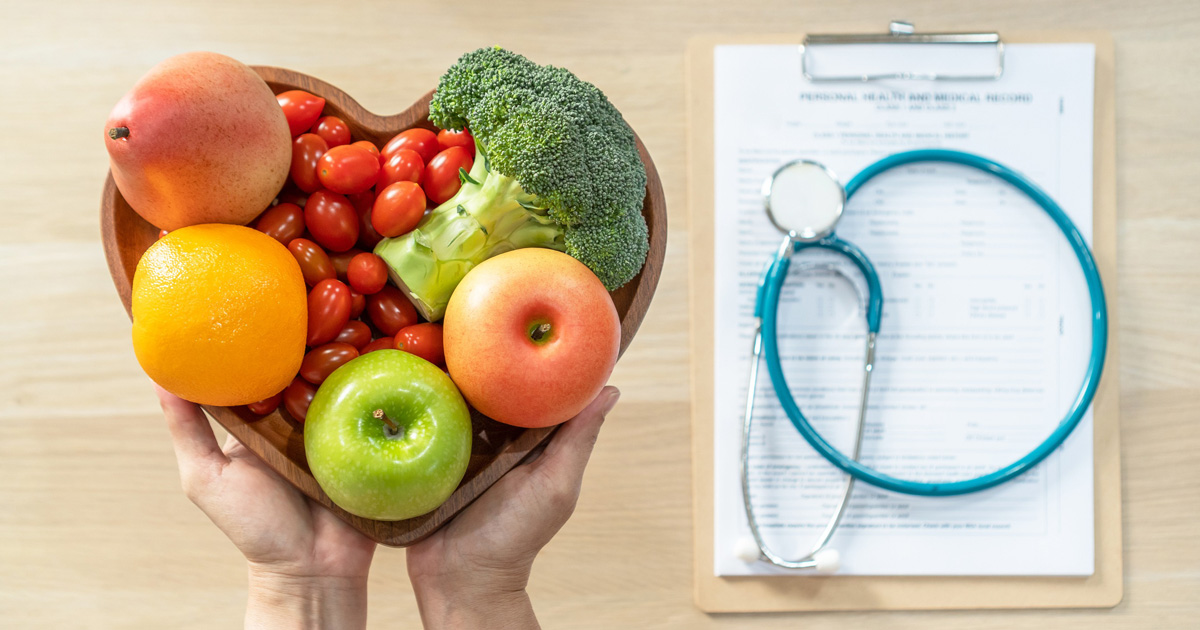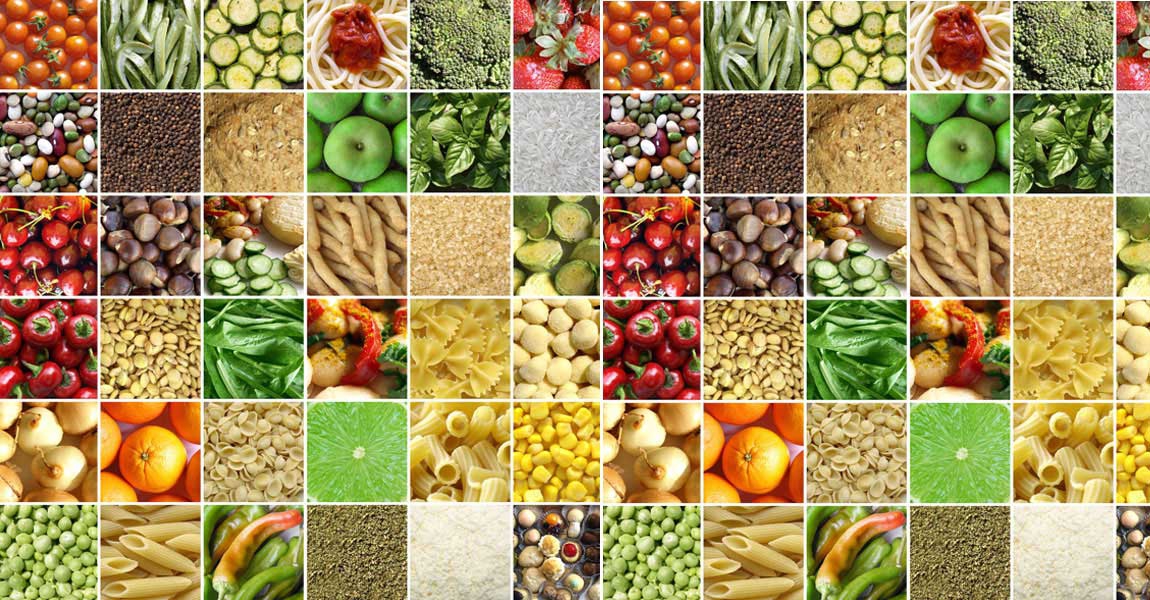
7 Ways to Treat Diabetes
Home > Health Info > Health Articles

One of the top health concerns for Thai people is diabetes, which can caused from various factors. Therefore, self-care, eating healthily, and regular exercise are crucial for disease prevention. However, once you been diagnosed with diabetes, the natural course of the disease cannot be completely cured or managed independently. Nevertheless, in the process of diabetes treatment, it is possible to control the disease to a “stable phase,” which means a period when no symptoms of diabetes are present, and the body’s blood sugar levels are within normal range. This stable phase can last for months or years depending on the individual’s health care.
Treatments and management for your diabetes
The goal of treating diabetes in each patient is to maintain blood sugar levels as close to normal as possible and to sustain those levels for as long as possible. The methods used to treat diabetes involve both medical interventions and lifestyle adjustments, depending on the symptoms and personal health status. For the treatment of both type 1 and type 2 diabetes, there may be differences as follows:
- Type 1 diabetes is a condition which the pancreas cells are damaged and cannot produce insulin to control blood sugar levels. Treatment for this type of diabetes involves controlling dietary intake, planning exercise, and may require regular blood sugar monitoring and self-administration of insulin injections multiple times a day (MDI).”
- Type 2 diabetes is a condition caused by insulin resistance, commonly found in individuals who are overweight and adults aged 40 and above. The majority of diabetes patients in Thailand, around 95-97%, have this type of diabetes. Managing type 2 diabetes involves controlling dietary intake, planning exercise, self-monitoring blood sugar levels, and some patients may need to take medication or insulin injections to help manage the their condition.

7 Ways to Treat Diabetes
Although there’s no cure for diabetes, but living a long life with diabetes is achievable. Besides medical treatment, medication, and insulin injections, what is equally important is the responsibility of patients to control various factors to prevent the disease from worsening. Adjusting oneself to coexist with diabetes can be achieved through the following 7 ways:
1. Choose your carbohydrates wisely
Carbohydrates are essential nutrients for the body, but they also affect blood sugar levels. Therefore, when consuming carbohydrates, it is necessary to choose those that have the lowest impact on blood sugar levels. For diabetic patients, it is recommended to consume carbohydrates from whole grains such as brown rice, oats, barley, quinoa, and whole wheat bread. Additionally, include vegetables, fruits, legumes, sugar-free milk, and yogurt in the diet. However, it is important for patients to follow the advice of their treating physician for clear guidance. Even when choosing to consume carbohydrates, it is essential to determine the appropriate quantity and proportions in accordance with other types of nutrients.
2. Reduce sodium
Reducing salt intake helps control blood pressure levels, as high blood pressure is a primary concern for diabetic patients. It can increase the risk of diseases and help reduce complications such as heart disease and stroke.
According to the recommendations of the Department of Nutrition, Ministry of Public Health, salt consumption should be limited to no more than 2,000 milligrams per day or no more than 1 teaspoon per day. It is also advisable to regularly check the nutrition labels on purchased products for salt content.

3. Avoid red meat and processed meats to minimize your intake of salt and saturated fat
When reducing the amount of starch or carbohydrates in the diet, increasing the proportion of protein in meals becomes important. However, increasing protein should involve reducing or avoiding red meat and processed meat such as ham, bacon, sausage, beef, and lamb. The significant reason for reducing consumption of these types of protein is their saturated fat, which elevates blood fat levels and increases the risk of heart disease. In addition to fats derived from animal sources, diabetic patients should also reduce or avoid consuming fried foods, fried snacks, and foods containing trans fats from sources like margarine, shortening, margarine, cream, or baked goods such as cookies and cakes. For protein consumption, it is recommended that diabetic patients consume lean meats, skinless poultry, fish, pork loin, egg whites, or tofu. Additionally, they may consume legumes that provide both protein and good fats (approximately 1 cup of legumes per day, divided into half-cup servings per meal).4. Regular consumption of vegetables and fruits
At this point, many people may worry that consuming fruits may lead to high blood sugar levels. However, fruits contain natural sugars, which affect the body differently from refined sugars. Importantly, vegetables and fruits are rich in dietary fiber, good carbohydrates, essential vitamins, and minerals beneficial to your body. Nevertheless, when choosing to consume vegetables and fruits, especially fruits, it is crucial to select types that have minimal impact on blood sugar levels. Examples include guava, green apples, bananas, white-fleshed dragon fruit, papaya, kiwi, avocado, and raw mangoes. It is essential to portion fruits appropriately to balance with other nutrients. As a rough guideline, for fruits such as guava, dragon fruit, and green apples, consuming about half or one whole fruit per meal is sufficient, depending on individual nutritional needs.5. Eat Less Sugar
This may be the most challenging part of adjusting the diet for diabetic patients because avoiding foods with added sugars may reduce the enjoyment of eating. However, reducing consumption of foods with added sugars can start gradually by decreasing the amount of sugar in meals or by consuming suitable fruits for diabetic patients, allowing the body to adapt to the changed taste of food.
Successfully controlling diabetes is not far off if blood sugar levels are kept stable. Moreover, avoiding sugars helps maintain good health, aids in weight loss, and reduces the risk of complications from diabetes.
6. Reducing Your Alcohol Consumption
Alcoholic beverages are high in calories, and since diabetic patients are often individuals with accompanying obesity, alcoholic beverages contribute to weight gain. If the doctor advises weight loss, in addition to controlling diet and exercise, limiting or abstaining from alcoholic beverages can be an essential aid in achieving this goal.

7. Exercise regularly
Regular physical activity or increased body movement is an essential step in managing diabetes. This is because trained muscles require sugar as a component in muscle development, which helps control blood sugar levels effectively. Additionally, exercise is beneficial for health, aids in weight reduction or management, and reduces the risk of complications from both diabetes and other diseases.
If diabetes is controlled, there is no need to worry about complications.
Managing diabetes is not difficult if patients receive proper medical treatment and can adapt their behaviors accordingly. Patients must take care of themselves regularly and attend regular medical appointments for diagnosis, risk assessment of complications, and receive appropriate guidance from healthcare professionals. With encouragement and care from Diabetic & Endocrine center, the Bangkok Hospital Pattaya managing diabetes becomes achievable.
Reference,
Share :





